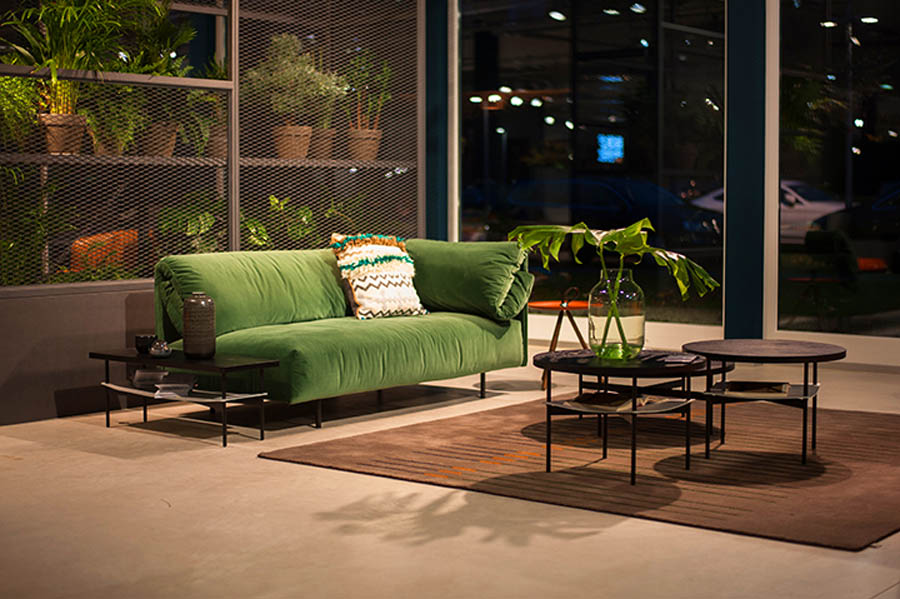
12 Feb How to Use Upholstery to Reflect Your Personal Style?
Furniture isn’t just functional—it’s an extension of your personality. The right upholstery transforms a simple chair into a statement piece, a plain sofa into the heart of a room, and an ottoman into a conversation starter. It’s not just fabric; it’s a reflection of your style, mood, and the atmosphere you want to create.
But how do you make upholstery feel like you? It’s about choosing textures, colors, and patterns that speak to your aesthetic while balancing comfort and durability.
Start with Color—The Foundation of Style
Color sets the tone of a space. It can be bold and dramatic, soft and calming, or rich and inviting. The key is choosing hues that match your personality and the mood you want your space to evoke.
- Neutral tones—Shades of beige, gray, and cream create a timeless, sophisticated feel. Perfect for minimalists or those who love a classic, elegant aesthetic.
- Bold colors—Deep blues, emerald greens, or even burnt orange bring personality and confidence to a room. These work well for those who want their furniture to make a statement.
- Earthy and muted tones—Warm browns, soft terracottas, and olive greens give a cozy, natural vibe, ideal for rustic or bohemian styles.
When in doubt, use color strategically—a bright accent chair, a muted main sofa, or contrasting cushions can make all the difference.
Mix Textures for Depth and Interest
A single fabric choice can define a piece of furniture, but layering textures brings depth and richness to a space. The right combination can make a room feel more inviting, sophisticated, or relaxed.
- Velvet exudes luxury with its soft, plush feel—perfect for elegant, high-style spaces.
- Linen offers a light, breathable texture that feels effortless and organic.
- Leather brings a sense of warmth and durability, fitting both modern and vintage aesthetics.
- Woven fabrics like tweed or boucle add visual interest and tactile appeal, great for a cozy and layered look.
Blending different materials—like a velvet couch with linen pillows or a leather armchair next to a wool ottoman—creates contrast and intrigue.
Patterns and Prints: Go Subtle or Make a Statement
Patterns can transform a piece of furniture, but they require careful selection to maintain balance in a space. Think about how much attention you want your upholstery to draw.
For a bold, artistic approach, florals, geometric designs, and abstract prints can become the focal point of a room. A vibrant patterned chair or sofa sets the stage for a space full of energy and personality.
If subtlety is more your style, small-scale patterns, textured weaves, or tonal designs add dimension without overwhelming the room. Stripes, herringbone, and understated motifs bring just the right amount of visual movement.
Custom Touches Make It Your Own
Sometimes, it’s the little details that truly make furniture feel personal. Custom upholstery allows for unique flourishes that bring out your style in a way mass-produced pieces can’t.
- Contrast piping around cushions adds definition and a polished look.
- Tufting or quilting elevates the craftsmanship and creates a sense of sophistication.
- Mixing fabrics on different sections of the same piece—like a leather base with a fabric cushion—creates an eclectic, one-of-a-kind appeal.
Don’t be afraid to go beyond standard choices. A touch of embroidery, a personalized monogram, or a vintage-inspired trim can make an upholstered piece feel truly yours.
Upholstery as a Reflection of You
The fabric you choose, the textures you mix, the colors you embrace—all of it tells a story. Upholstery isn’t just about covering furniture; it’s about creating a space that feels uniquely yours.
By selecting materials that match your aesthetic, patterns that resonate, and details that stand out, you craft an environment that reflects your personal style. And that’s what turns a house into a home.


